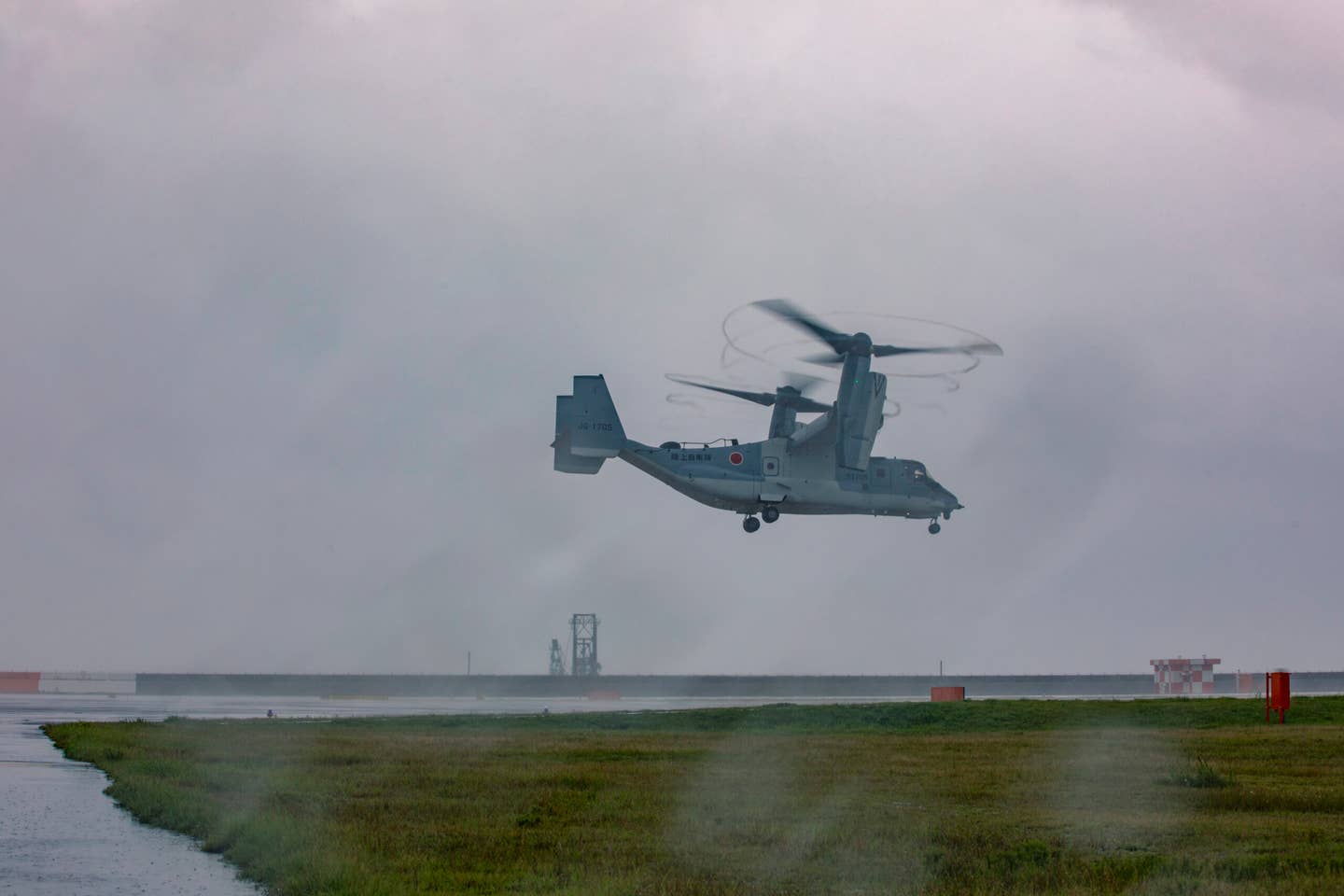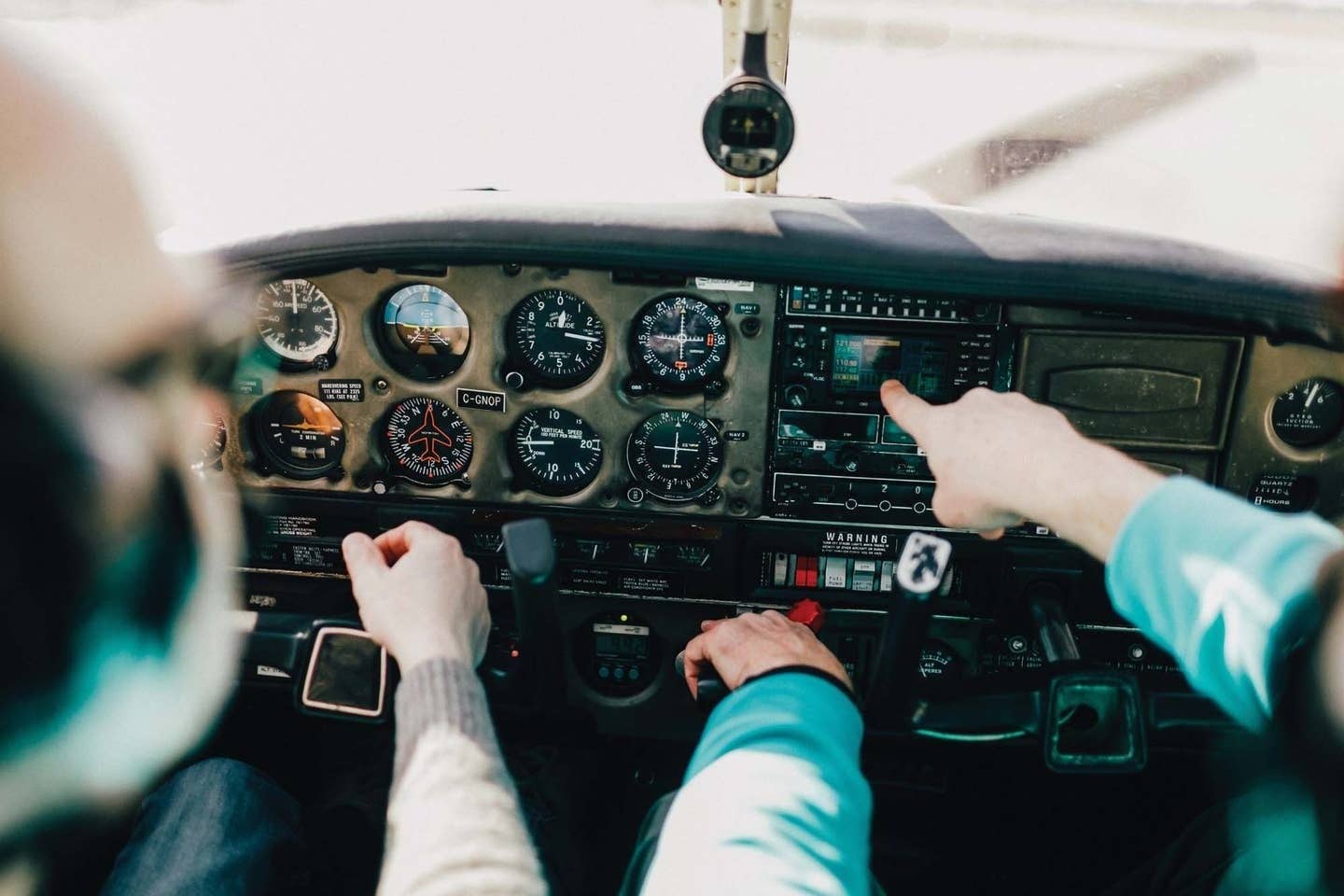
"The pilot's failure to maintain airspeed while maneuvering for approach to land. Contributing to the accident was the pilot's operation of the airplane above the design gross weight."
Such was the verdict of the National Transportation Safety Board as to the probable cause of the fatal crash of a Cessna 172 at St. Petersburg-Clearwater airport (PIE) in Florida early last year.
The Cessna and its three occupants were returning from Venice, Florida, 60 nm away. They approached PIE from the southwest, reported eight miles out, and received a transponder code and a 50-degree vector to the left downwind leg for Runway 22. When the 172 was established on the downwind for 22, the tower issued a landing clearance. Unexpectedly, the 170-hour pilot turned base early and proceeded toward Runway 27, which meets Runway 22 about 1,000 feet from the latter's approach end. "Zero Zero Quebec, verify you're lined up for Runway 22," the controller said. "Zero Zero Quebec, sorry about that," was the reply.
One witness reported a complicated series of gyrations: The airplane rolled into a 90-degree right bank, then into a 45-degree left bank, then leveled the wings and pitched up 10 or 15 degrees. It stalled (or perhaps the leveling of the wings was the beginning of the stall departure), began a right turn, and was descending "in a nose-low attitude" when it disappeared from view behind an obstruction. The tower controller reported (confusingly, since the airplane seems to have been south of the runways) that he saw the airplane make a "sharp right turn towards Runway 22 [and then] stall and go into [Tampa] Bay east of the approach end of Runway 22." Two trainee ground controllers produced even less detailed accounts, essentially stating simply that the airplane stalled and went into the bay.
Assuming that the most detailed description is accurate, the abrupt, very steeply banked right turn would represent the pilot's attempt to re-establish some sort of downwind leg and re-align the airplane with the approach end of Runway 22; the left turn, also steeper than usual in the traffic pattern because the airplane was close to the runway, would be the turn to base. The airplane stalls out of this turn, or out of the recovery from the turn, and departs into a spin from which there is too little altitude to recover.
Stall-spins in the course of an approach to landing are nearly as old as aviation itself; the combination of low speed and a series of turns provides the basic preconditions. In this case, the pilot, seemingly rattled by his own misidentification of the landing runway, tried to rectify the situation by quick maneuvering. A more cautious decision might have been to go around and fly a proper pattern; but even what he did might have worked out fine, if he had just kept the nose a bit lower.
A puzzling thing here is the NTSB's remark that the pilot's operation of the airplane above the design gross weight contributed to the accident.
The NTSB calculated the airplane's weight and concluded that, even omitting a few miscellaneous items -- a stepstool, headsets, a pilot's bag, it was 24 pounds over gross weight when the stall occurred.
Twenty-four pounds! Why, that is one percent of the allowable gross weight! Since lift is proportional to the square of speed, we can easily calculate the change in stalling speed that those 24 pounds represent; it is about one half of one percent. If the airplane stalls at 50 knots at gross weight, it will stall at 50.25 knots with a 24-pound overload. Even if the miscellaneous items omitted from the NTSB's tally brought the overload up to 50 pounds, the stalling speed would rise by only half a knot.
Now, half a knot is too small a difference to be discernible on an airspeed indicator. So it is quite unlikely that weight had anything to do with this accident. I suspect that what made the NTSB look twice at weight in the first place was the fact that the three occupants of the airplane were on the portly side, weighing 218, 269 and 304 pounds respectively. Their combined weight exceeded that of four of the standard (and, by today's norms of obesity, svelte) 170-pound people for whom the airplane was designed, and so it was natural for the investigators to suspect that the airplane was overloaded and to wonder about the CG location as well. The heaviest of the three was in the back seat; but the back seat is designed for two 170-pound people, and, as it turned out, the CG was right in the middle of the allowable range.
The notion that excess weight might cause an inadvertent stall is not an illogical one; but the excess has to be very large to make a significant difference. A normal approach is flown at 1.3 times the stalling speed; to stall at that speed would require a 70 percent overload (1.3 squared is 1.69), or, in the case of the 2,300-pound 172, an extra 1,500 pounds or so. To raise the 172's stalling speed -- call it 50 knots -- by five knots would require an overload of 480 pounds. The same proportions apply in a banked turn. In a 45-degree bank, for instance, stalling speed increases by about 20 percent, or, in the case of the 172, 10 knots; but making the airplane one percent -- that is, 23 pounds -- heavier still increases that speed by the same imperceptible one half of one percent, or about a third of a knot.
A much more likely linkage between gross weight and stalling is CG location. As the CG moves aft, longitudinal stability, which includes the tendency to hold a trimmed speed, decreases. An overly aft-loaded airplane tends to wallow and to overshoot on pitch corrections. Consequently, it's easier in an aft-loaded airplane to get too slow accidentally. But in this case there was no aft loading.
There are some ideas about weight and loading that seem intuitively correct but aren't. For example, many people -- including some pilots -- assume that a tail-heavy airplane will fly nose-high, like an aft-loaded boat. It won't. At a given speed, it will fly at the same attitude as a nose-heavy airplane of the same weight. The assumption revealed by the NTSB's probable cause in this accident is similarly faulty. Loading an airplane over gross, unless hugely so, will not appreciably alter its stalling speed -- certainly not by the kind of margin that ought to be maintained in the traffic pattern. The reason the pilot stalled the 172 was not that the airplane was heavy; it was simply that he didn't maintain a safe margin above the published stalling speed.
The significant effects of excess weight are felt at the beginning of a flight rather than the end. It increases the takeoff distance and reduces both the rate and, to a greater degree, the angle of climb. There are also issues of structural margins, although one would have to have quite a large overload and run into some awfully rough weather for an over-gross condition to create a risk of structural failure. (Many airplanes have been designed to limit load factors lower than the 3.8 G required for normal-category certification, and that does not automatically make them unsafe.) Airplanes regularly take off for ferry and distance-record flights with overloads; the late Max Conrad began his nonstop flight from Casablanca, Morocco, to Los Angeles in a Piper Comanche 2,000 pounds over gross.
On the other hand, gross weight is a very important number in the design of an airplane. It is the basis of fundamental decisions about structure, speeds, power requirements and so on. From a bureaucratic standpoint, it is a kind of cliff beyond whose edge the whole meaning of certification drops to its death. From an operational standpoint, however, its significance is much less distinct. An overloaded airplane does not suddenly become unsafe. There is no magic in the number 3.8; 3.7 or 3.9 would do as well.
At this point in the discussion it is customary to raise the banner of that Holy Grail of aircraft instrumentation, the angle of attack indicator. Airplanes stall at a certain angle of attack, not a certain speed or weight, regardless of their angle of bank or load factor, and so it would be logical to expect that an angle of attack instrument should be provided to help us avoid stalling. I have one and love it, but to tell the truth it's not really needed for production airplanes, because the published numbers provide sufficient protection against a stall as long as a pilot flies conservatively, avoiding steep banks in the traffic pattern and keeping speed up during turns. The stall-spin of the 172 at St. Petersburg-Clearwater could have been prevented by proper speed control and cautious maneuvering; 24 pounds of excess weight had nothing to do with it.
This article is based on the National Transportation Safety Board's report of the accident and is intended to bring the issues raised to the attention of our readers. It is not intended to judge or to reach any definitive conclusions about the ability or capacity of any person, living or dead, or any aircraft or accessory.

Sign-up for newsletters & special offers!
Get the latest FLYING stories & special offers delivered directly to your inbox






